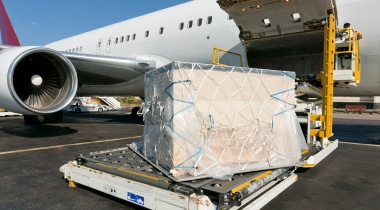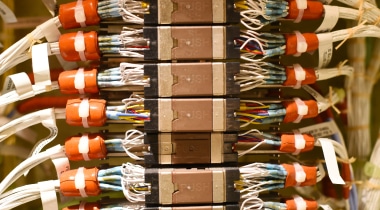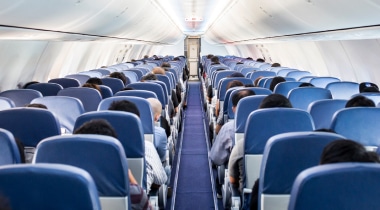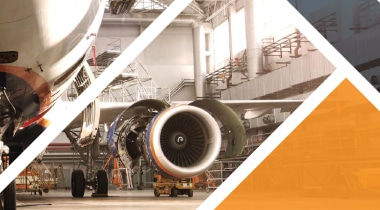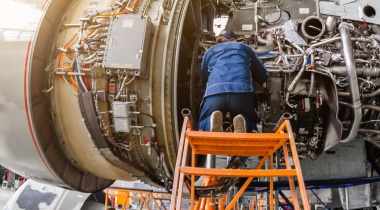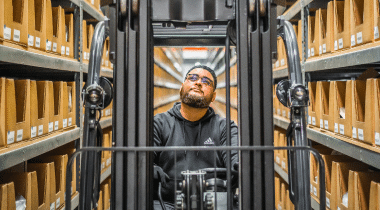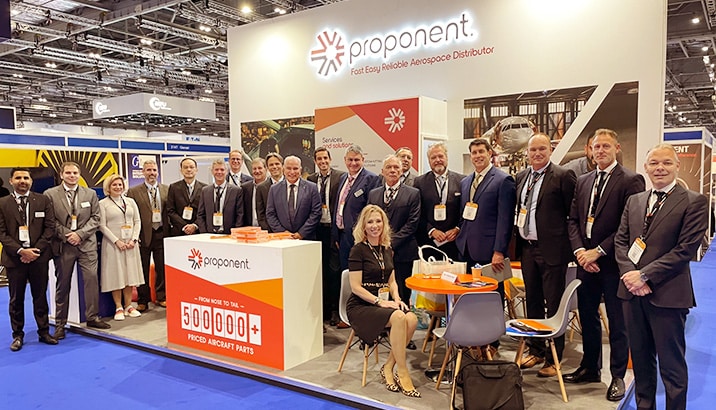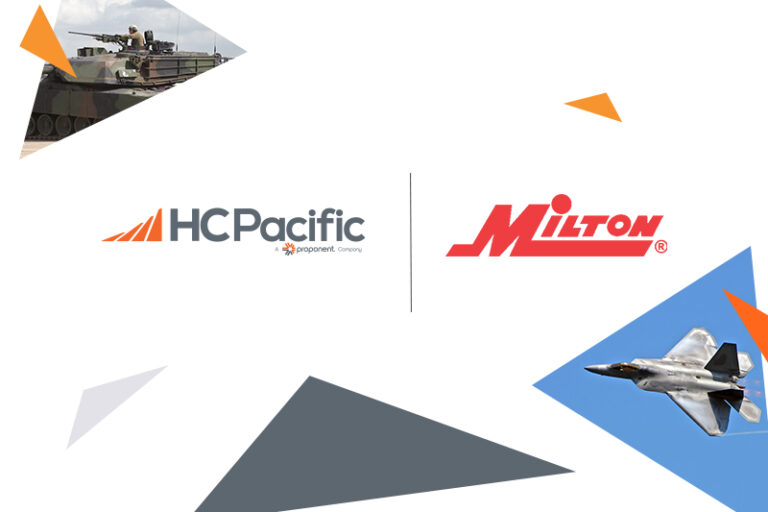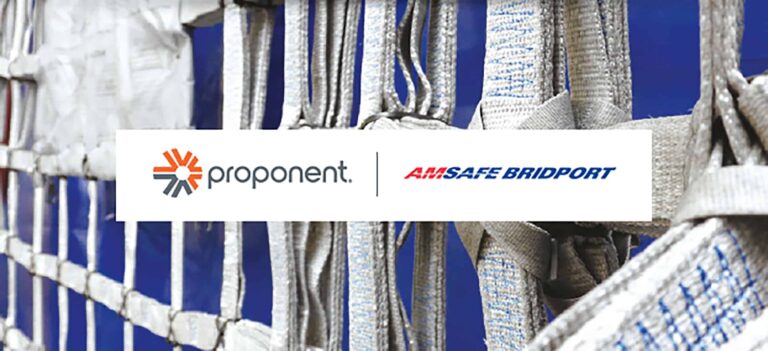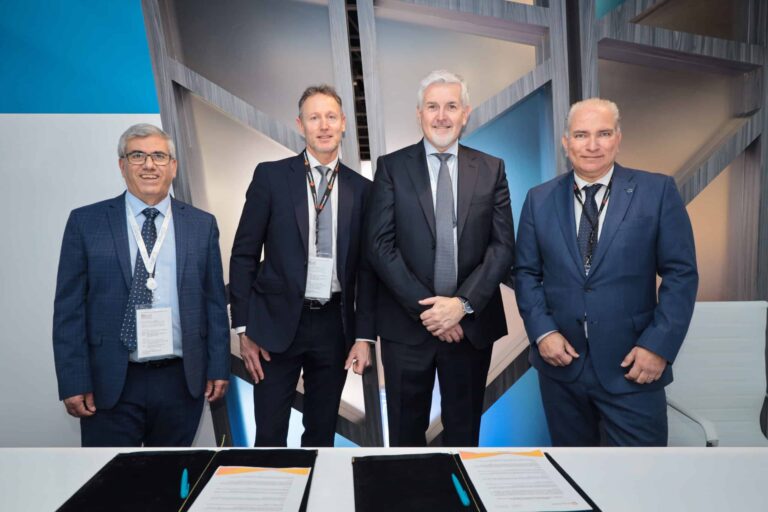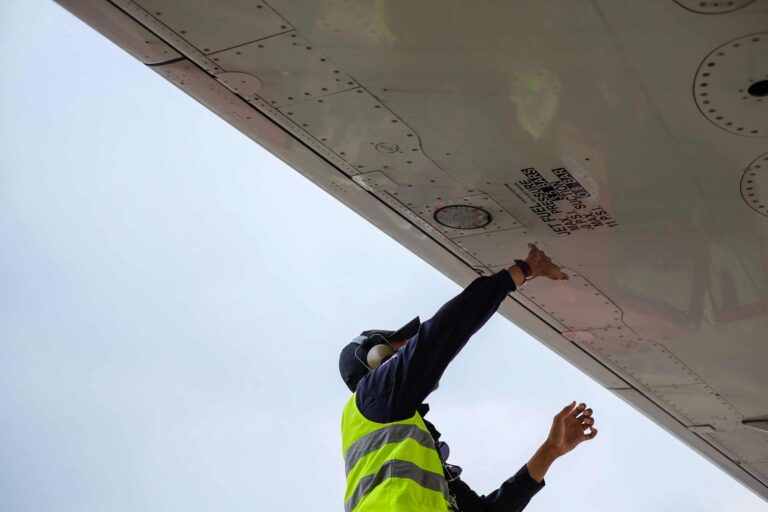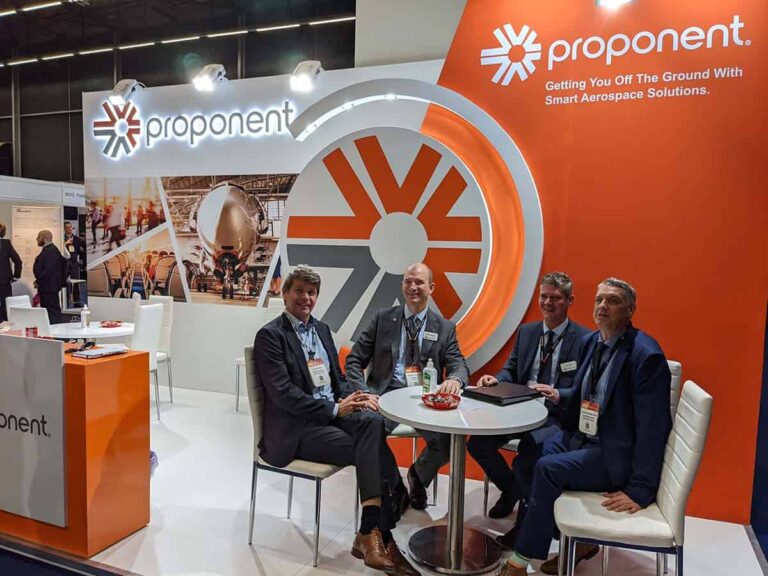Kapco Global’s consistent efforts to build customer loyalty earns us a Net Promoter Score of 51
Developing new customer relationships costs more than maintaining the relationships you already have. This is an economic fact in all business – aerospace or otherwise. In fact, a Gartner Group study indicates that 80 percent of future business will come from just 20 percent of current customers. A study cited by the Harvard Business Review supports these numbers stating that a 5 percent increase in customer retention can result in a 25 to 95 percent increase in profits with the profit rate accelerating as the years go by. Yet, oftentimes businesses struggle to do the things that are necessary to keep their customers happy. One reason for this is that there can be a disconnect between what businesses think clients want, and what the clients actually want. One way that you can tell if your customer loyalty initiatives are working is by implementing and monitoring the Net Promoter Score (NPS).
What Is a Net Promoter Score?
An NPS is a mathematical formula based on one question that businesses can use to measure customer satisfaction. Businesses that score well typically grow faster than their competition. Because of this, the NPS can be used not only to examine customer loyalty efforts, but also to indicate future business growth.
The question used to determine NPS is this:
“How likely is it that you would recommend [brand] to a friend or colleague?”
This question is delivered to customers, who respond using a 1 to 10 scale – 1 being least likely, 10 being most likely.
The responses are then broken up into three categories:
- Detractors – These are the customers who are least likely to recommend your business and could hurt your brand with negative output.
- Passives – These are the customers who think doing business with you is OK, but they could also be swayed by the competition.
- Promoters – These are your loyal customers. They love your business and tell their friends.
After compiling the numbers, you do a little math to get the percentage total of each group (example: number of promoters divided by number of survey respondents, multiplied by 100). Then, by subtracting the percentage totals for number of detractors from the percentage totals for number of promoters, you end up with the NPS, which can be -100 on the downside to +100 on the upside.
What Is a Good Net Promoter Score?
The answer to this question depends entirely on your industry. For the airline industry, the average net promoter score is around 25. According to customerguage.com, Southwest leads the airline industry with a NPS of +62, while US Airways brings up the bottom with a NPS of -8.
NPSbenchmarks.com reports that the B2B service industry has an average NPS of 30. Kapco Global, which falls into this category, recently conducted an NPS survey, and we are pleased to report that our score is currently at 51. This indicates that our customer loyalty efforts are working, and for this, we couldn’t be happier.
So How Does a Company Develop Strong Customer Loyalty Among Its Existing Base?
According to an article titled, “Stop Trying to Delight Your Customers,” in the Harvard Business Review, what sometimes happens with customer loyalty efforts is that businesses focus too much on trying to “wow” their customers or impress them with grand gestures, when what customers really want and need is for a business to take good care of them and to competently deliver on the most basic services they offer. The article states:
“Two critical findings emerged that should affect every company’s customer service strategy. First, delighting customers doesn’t build loyalty; reducing their effort—the work they must do to get their problem solved—does. Second, acting deliberately on this insight can help improve customer service, reduce customer service costs, and decrease customer churn.”
The takeaway of the article is that to create customer loyalty, you need a good product and a good brand and you need to make the interaction process as easy as possible, because, while customer service isn’t the primary reason a customer will be loyal, it is the primary reason a customer will leave.
What Does This Mean for Aerospace Parts Distribution?
According to an Inbound Logistics article titled, Managing the Aerospace Supply Chain, a critical component to maintaining customer loyalty is insuring that the supply chain does not breakdown. One way suppliers can do this is by making sure they have strategically located parts and distribution centers, which can dependably supply components on the timelines airlines and MRO providers need to meet their stringent deadline schedules.
A recent McKinsey report says that, ultimately, customer loyalty depends on one factor – consistency. Consistently great service, consistent reliability and consistent communication makes for a process that is easy for customers to work through, and that is what is going to keep them coming back and telling their friends.
Tweet
Read more from the Kapco Global Blog:
- Kapco Global’s E-Commerce Platform Is Ready To Take Your Order!
- The State of Global E-Commerce: Infographic
- 2015 Aerospace Industry Innovations and Trends: PART 1
The Kapco Global Latest News Page Has Links to All of Our Posts. Check it out now!

